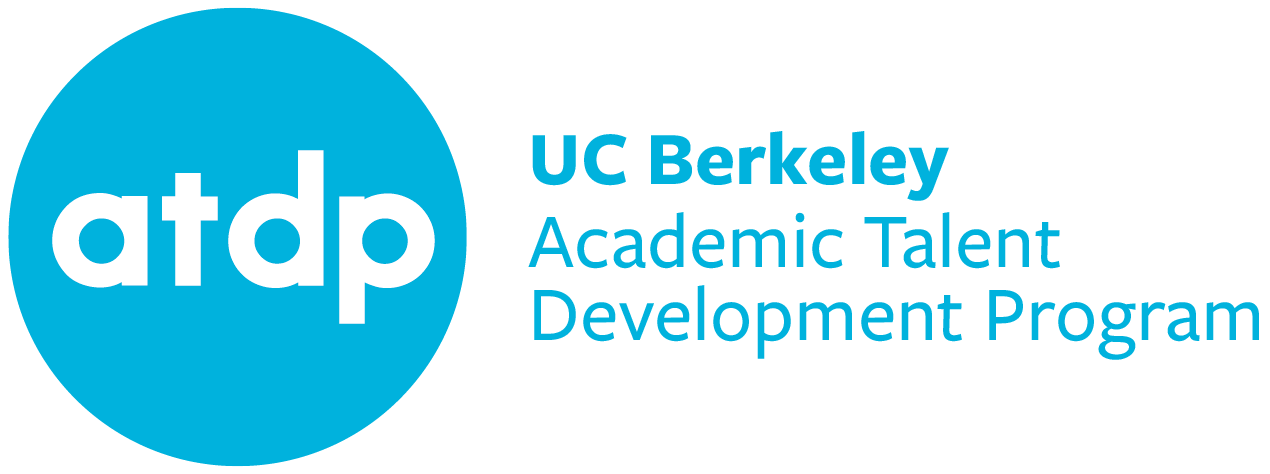The interview below is a part of a series on New Secondary Division course offerings for 2017. Kaushik Basu discusses his upcoming Secondary Division course, Applied Mathematics, Understanding Higher Math through Physics and Tinkering. Read the course description here.
Kaushik Basu has been a teacher with ATDP since 2013, and has taught several courses including Precalculus and Applied Physics. He has also been an instructor for our Global Program, teaching Mathematics for Physics and Electricity and Magnetism with Calculus. Kaushik has many interests in math, but his favorite is a tie between geometry and calculus, due to their elegant applicability in the physical sciences. His newest course is Applied Mathematics, a course designed to using math in scientific applications.
What inspired you to create this class?
It has been a pet project of mine to teach a course that will tie together ideas in mathematics and physics in a seamless way. Sanjoy Mahajan’s books and papers got me thinking about this project in the first place. His work is inspiring, and encourages students to reason using analogy, symmetry and a host of other interesting mathematical tools to solve physical problems. I have always wanted to connect physics ideas to the real world in mathematically joyful ways, instead of shying away from it.
What do you hope students will take away?
I hope that students will get an appreciation of how physics influences math and vice versa. In the process, they will have learnt the role geometry plays in calculus, and why calculus describes physics. They should also come away with a sense of being able to do simple experiments which nonetheless have very deep meaning.
Can you give us an example of a project or assignment the students might have?
One activity that I plan to have students do is explore different representations of the parabola, both from a geometric point of view, through origami folding, and from a physical one, by throwing LEDs across a room! They will then make connections with the approximations to ellipses and satellites.
How does this class fit with the traditional math sequence and the new Common Core curriculum?
This course will have many elements which it shares with both the Common Core as well the next generation science standards. There is a strong element of guided inquiry, and opportunities to apply modeling and analysis, but most importantly the skills of approximation and estimation, which extend far beyond the realm of physics.
What are you most excited about for this coming summer?
I am looking forward to teaching a completely new course. But more than that, what I really cherish is a class of enthusiastic and motivated students, which is always the case with ATDP!
Is there anything else you would like parents and students to know about your class?
This will be a challenging course but also a lot of fun! We will be doing mathematical ‘experiments’ and the learning will be hands on. The mathematical content will be varied, and most of the class will involve collaborative activities. The class stresses a lot more value to being unafraid of being wrong, rather than get the correct answer.
